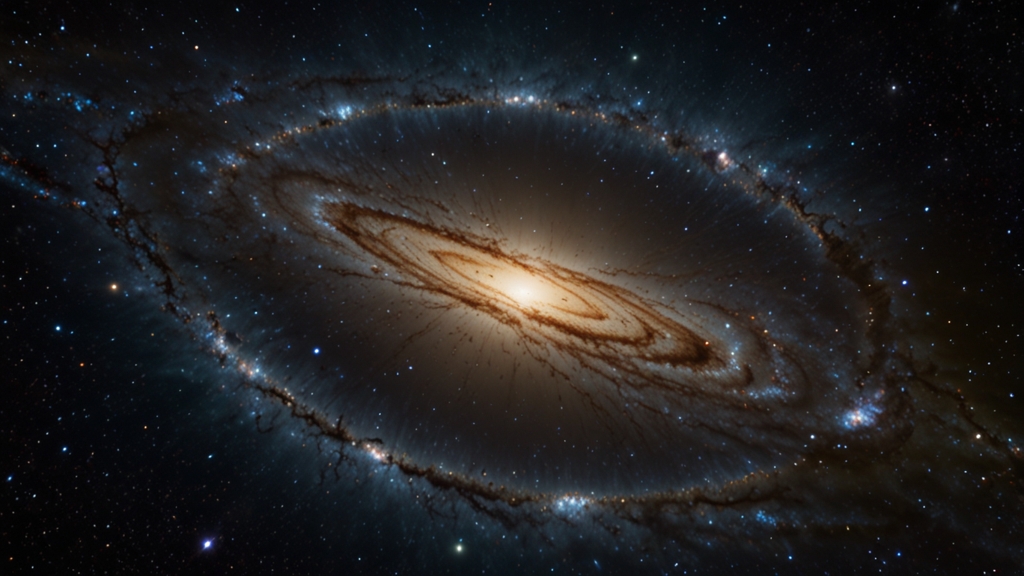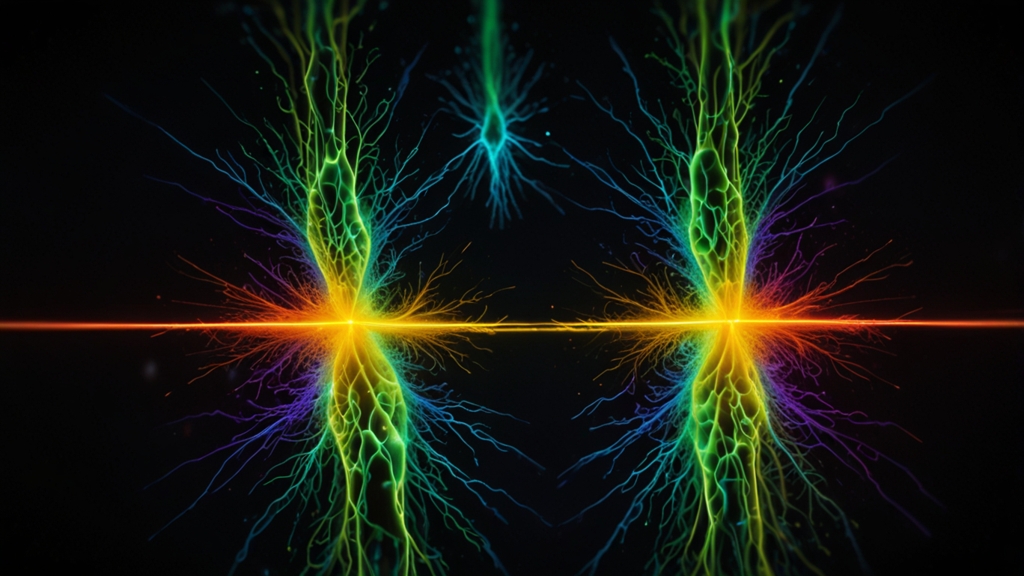The Secrets of Dark Matter Unlocking the Universe's Mysteries
The cosmos is vast and enigmatic, filled with wonders that continue to baffle scientists and astronomers alike. One of the most intriguing and elusive components of our universe is dark matter. Despite being invisible and not directly observable through conventional means, dark matter is believed to make up about 27% of the universe’s mass-energy content. But what exactly is dark matter, and how does it unlock the mysteries of the universe? Let’s delve deeper into this fascinating subject.
Understanding Dark Matter
Dark matter is a form of matter that does not emit, absorb, or reflect light, making it incredibly difficult to detect. Its presence is inferred from its gravitational effects on visible matter, radiation, and the large-scale structure of the universe. The concept of dark matter originated in the 1930s when Swiss astronomer Fritz Zwicky observed that the Coma galaxy cluster was moving much faster than expected based on the visible mass alone. He coined the term "dunkle Materie," which translates to "dark matter," to explain this anomaly.
"The greatest imperfection in the cosmic structure provides us with the key to the essence of the universe’s most profound secrets." - Fritz Zwicky
Since then, numerous studies and observations have supported the existence of dark matter. Galactic rotation curves, gravitational lensing, and the cosmic microwave background all provide indirect evidence for dark matter’s existence. Although we still don't have direct evidence of dark matter particles, these indirect observations strongly indicate that it plays a crucial role in the universe.
The Role of Dark Matter in the Universe
Dark matter acts like a cosmic scaffold, holding galaxies together and influencing their formation and rotation. Without dark matter, galaxies would not have sufficient mass to hold themselves together, given their observed rotational speeds. This mysterious substance ensures the stability and structure of galaxies, including our Milky Way.
Moreover, dark matter is essential for understanding the large-scale structure of the cosmos. It forms dark matter halos around galaxies and clusters of galaxies, influencing how they group together to form larger structures like superclusters. These dark matter halos provide the necessary gravitational pull that keeps galaxies from drifting apart, playing a pivotal role in the cosmic web.
"The search for dark matter is not just a quest to understand what comprises this hidden mass; it’s a journey to unveil the very framework that shapes the universe." – Vera Rubin
Current Efforts in Dark Matter Research
Scientists worldwide are engaged in a relentless quest to uncover the true nature of dark matter. Several methods are being employed, ranging from direct detection experiments to particle collider searches. Direct detection experiments aim to observe rare interactions between dark matter particles and ordinary matter. Facilities like the Cryogenic Dark Matter Search (CDMS) and the Large Underground Xenon (LUX) experiment are at the forefront of these efforts.
Particle colliders, like the Large Hadron Collider (LHC), are also instrumental in dark matter research. By smashing particles together at incredibly high energies, scientists hope to create dark matter particles or uncover new physics that could indicate their presence. Additionally, advancements in astronomical observations and simulations are helping scientists understand how dark matter influences the evolution of cosmic structures.
The Future of Dark Matter Research
While the enigmatic nature of dark matter presents significant challenges, the pursuit of this cosmic mystery continues to drive innovation and discovery in the fields of physics and astronomy. The next generation of experiments and telescopes, such as the James Webb Space Telescope and the Vera C. Rubin Observatory, promises to provide deeper insights into the universe's dark side.
As we continue to probe the secrets of dark matter, we inch closer to unraveling the fundamental nature of the universe. Each discovery brings us one step closer to unlocking the mysteries that have eluded humanity for centuries, paving the way for a deeper understanding of the cosmos and our place within it.











